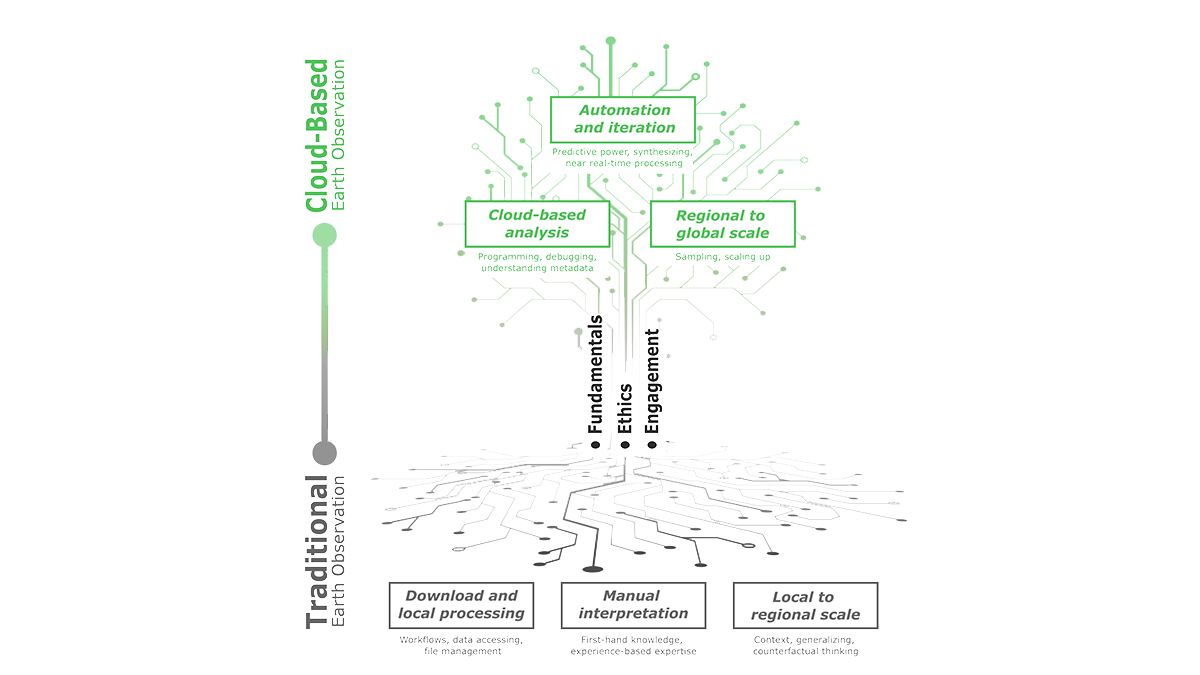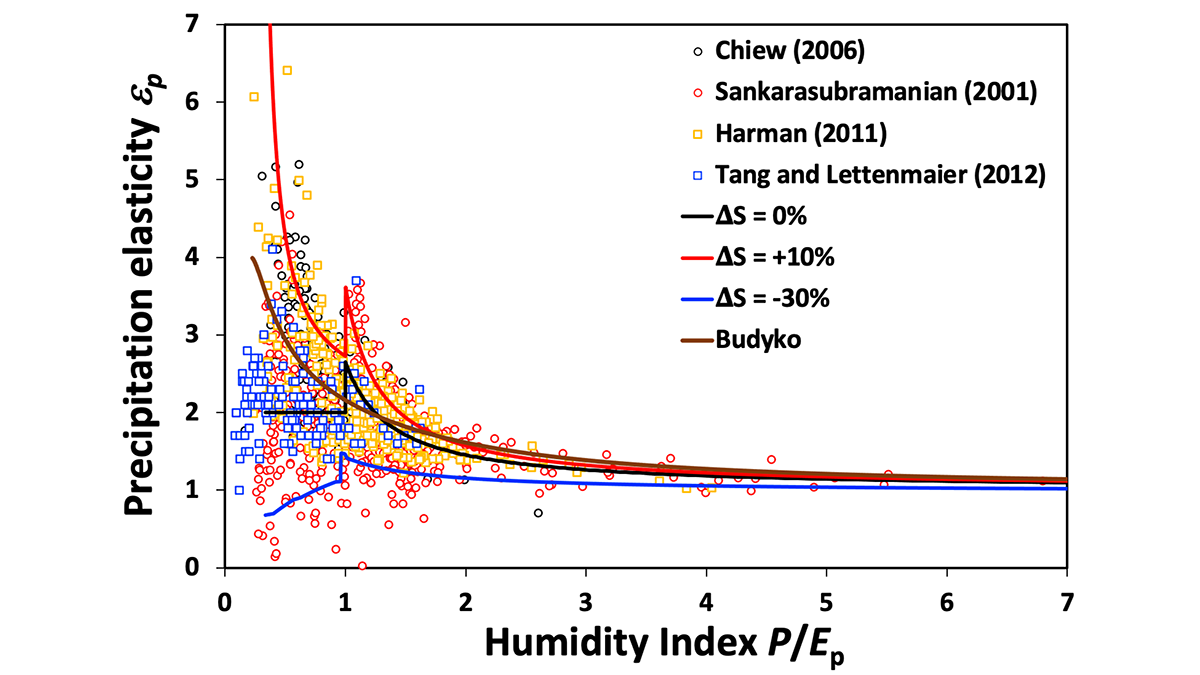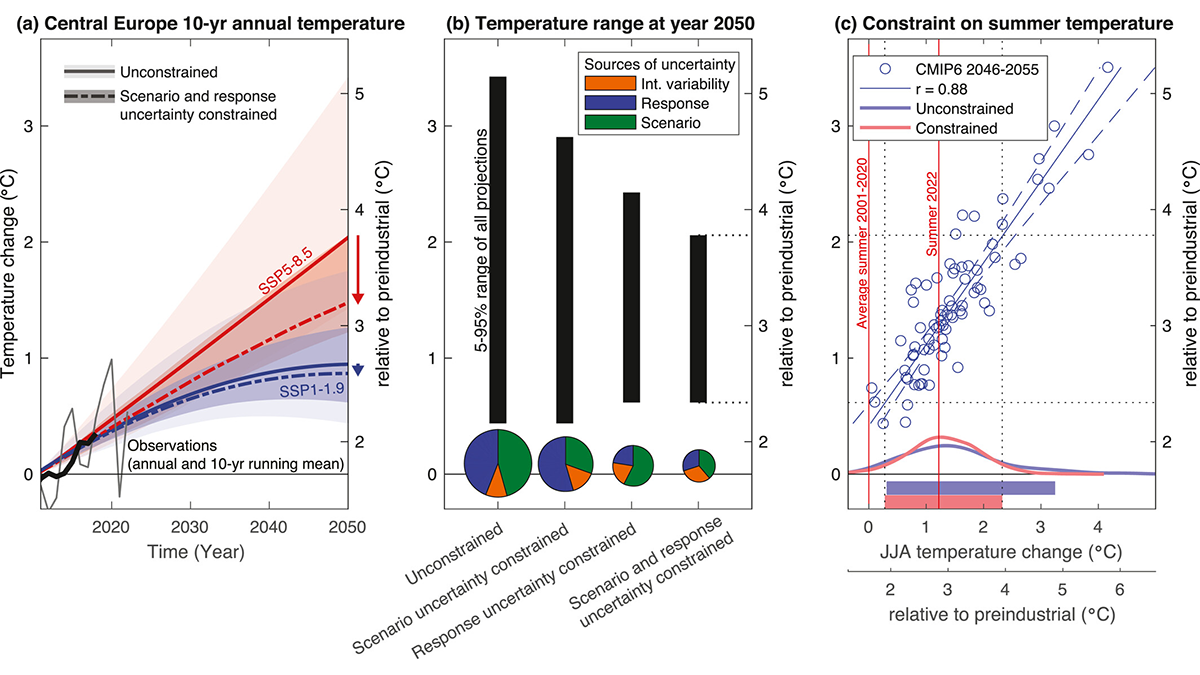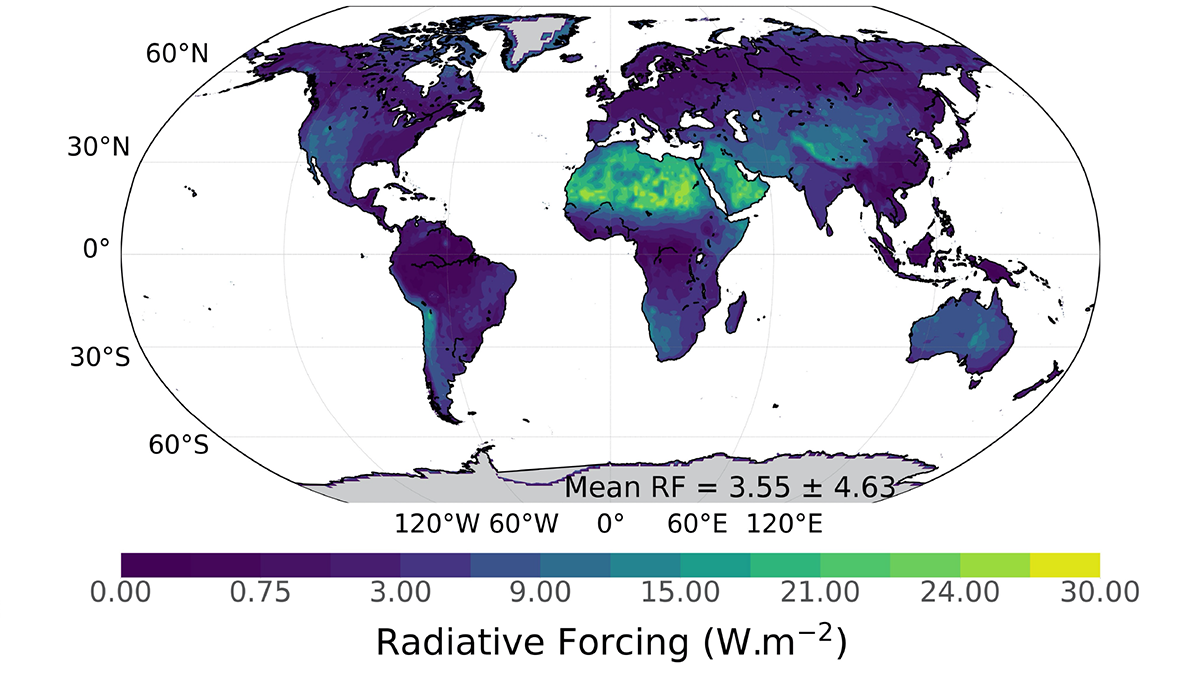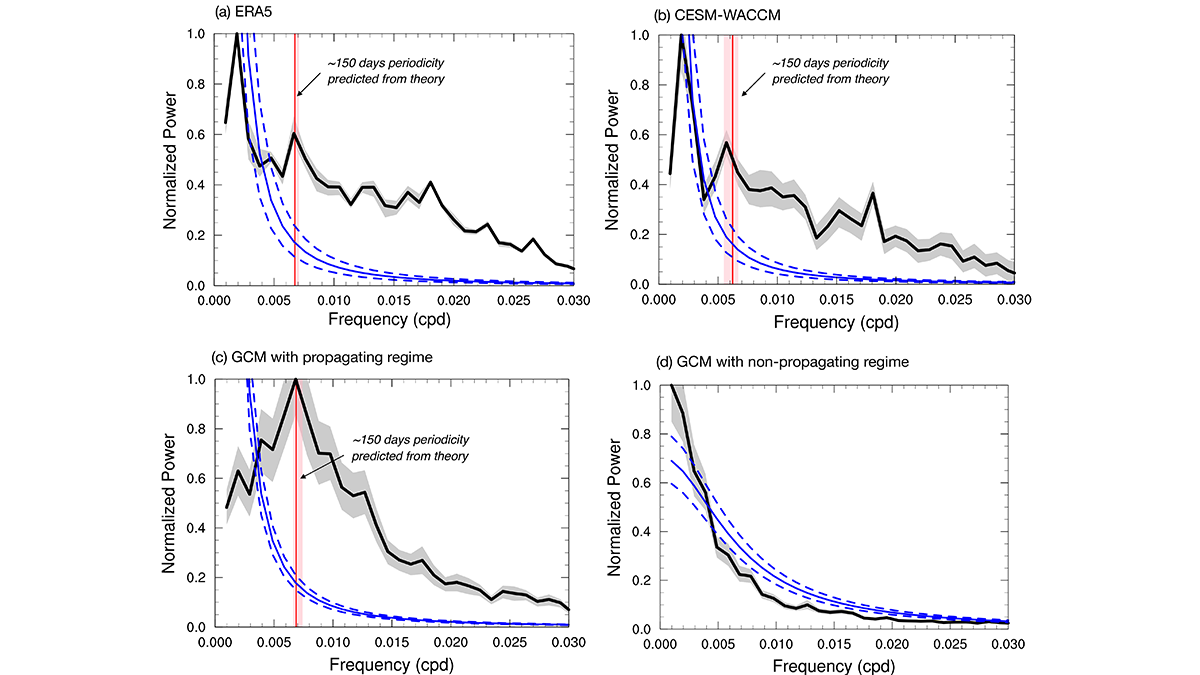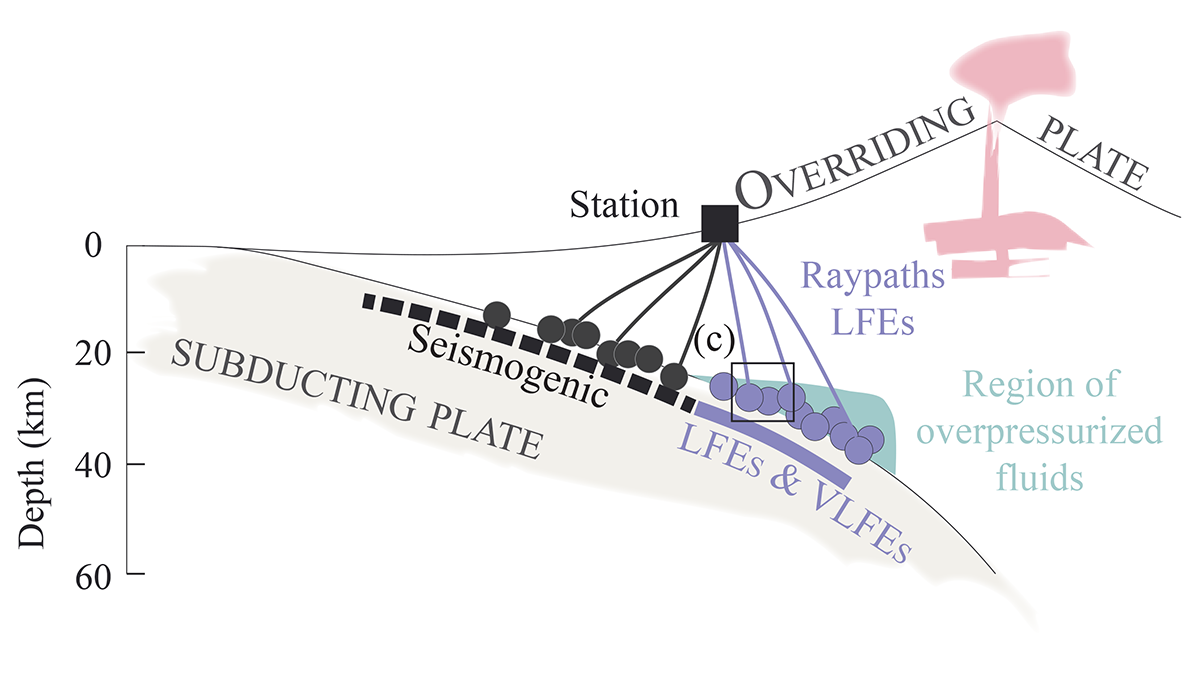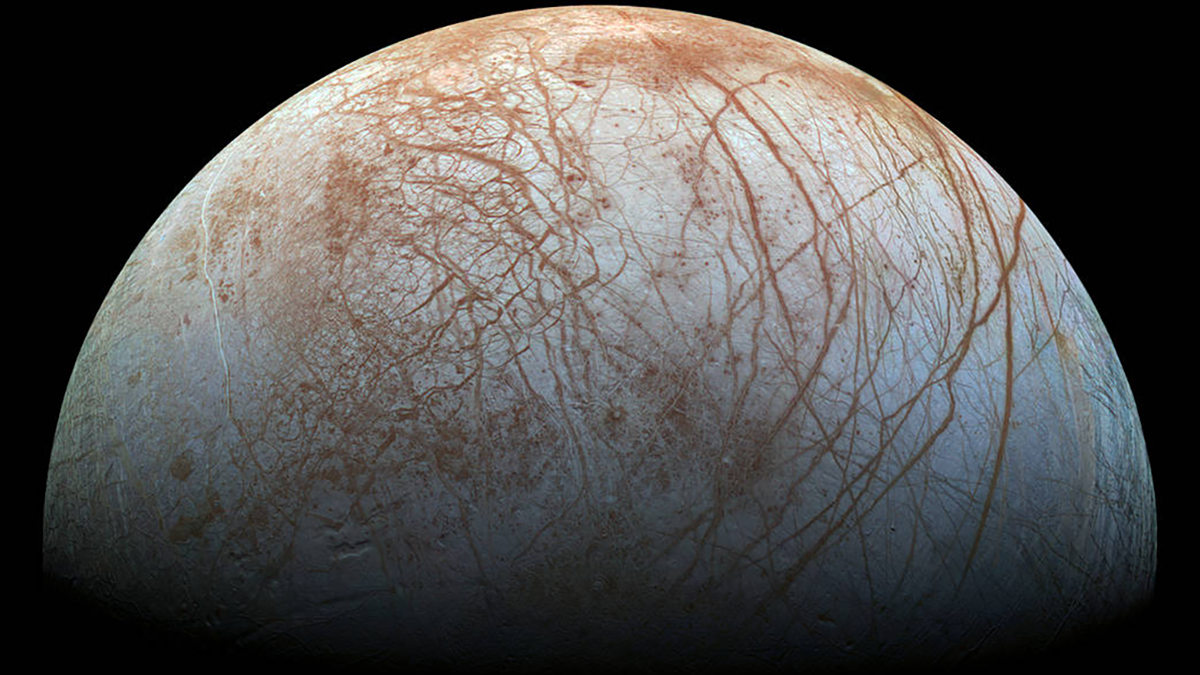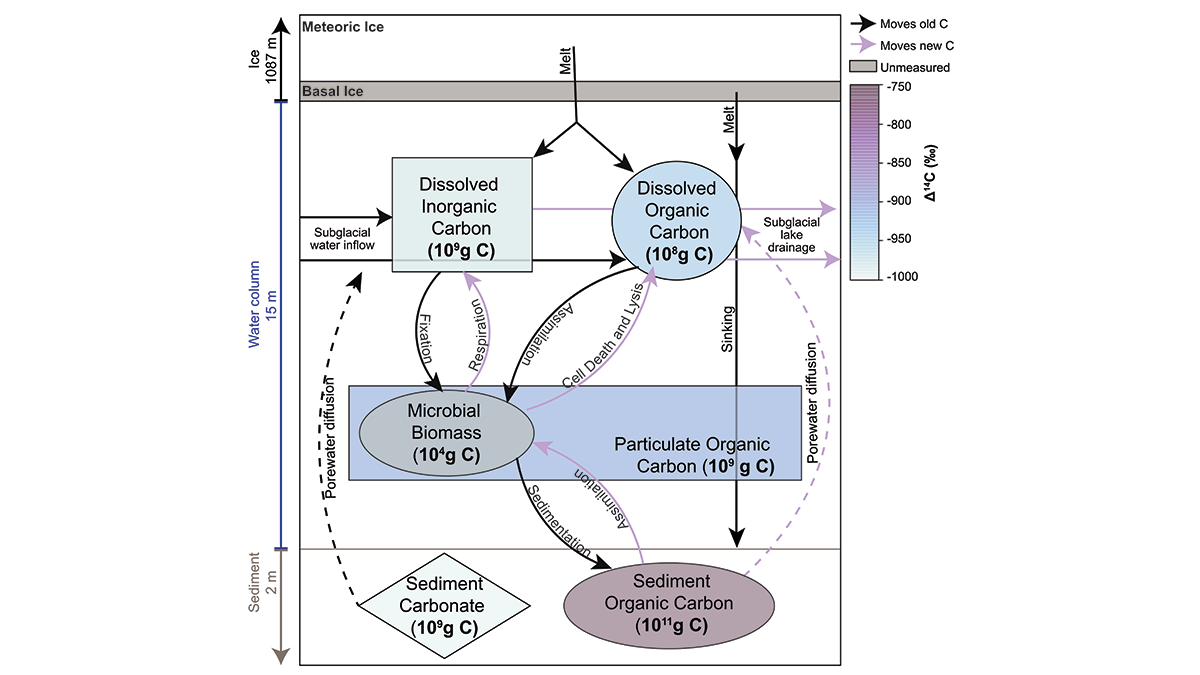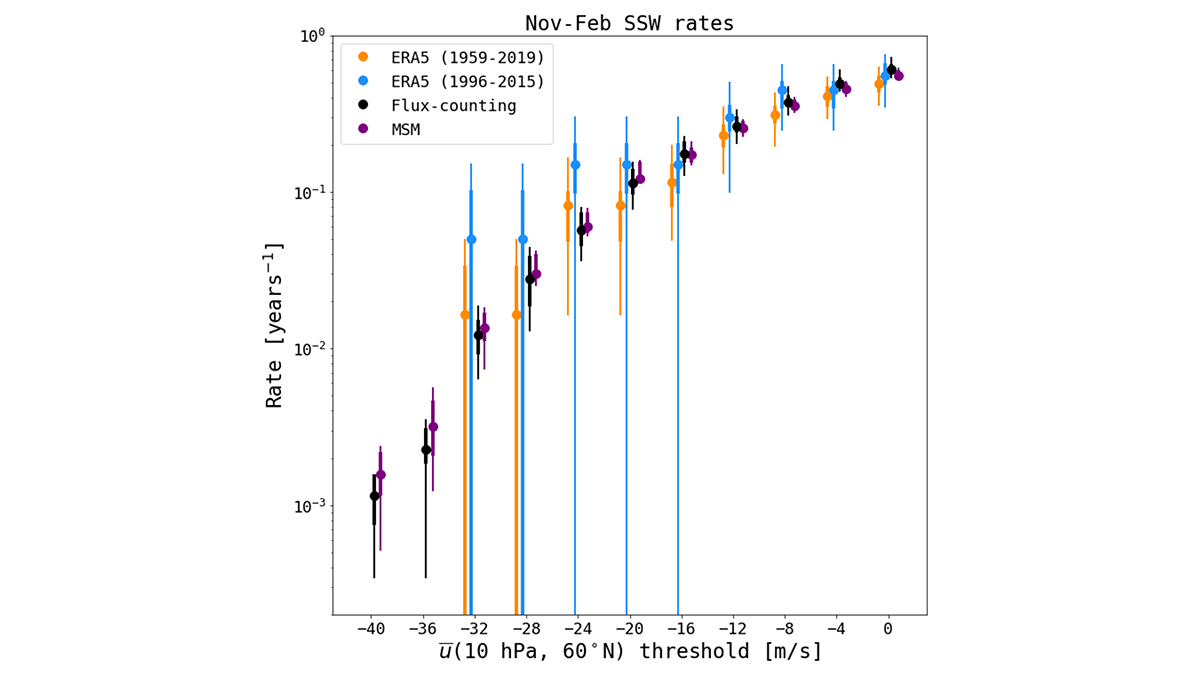Cloud-based Earth Observation offers unique opportunities for education, but leveraging this requires new teaching methods that emphasize technical fundamentals, ethics, and stakeholder engagement.
AGU Advances
How Much Terrestrial Precipitation is Used by Vegetation?
Precipitation is partly used by vegetation and partly transformed into river flow. Quantifying the amount of water that is directly used by vegetation is essential to decipher climate change’s impact.
Constraints Can Reduce Regional Climate Projection Uncertainty
Climate projections are uncertain because we don’t exactly know how the climate system responds to human actions, but combining interdisciplinary results can reduce uncertainty in future planning.
Sensing the Color of Soil for Climate Modeling
The color of soil reflecting the Sun’s rays affects the Earth’s climate and water cycle. Using satellite data that senses many wavelengths improves soil reflectivity estimates, especially in deserts.
A 150-Day Periodicity is Revealed in the Southern Extratropics
An internally generated 150-day periodicity is newly identified in the Southern Hemisphere extratropical large-scale atmospheric circulation, which arises from the annular mode’s propagating regime.
Are Low-Frequency Earthquakes Just Slow Slip?
Tests of seismic attenuation show fluid saturation and high pressure near a seismic source reduce high-frequency content, challenging the idea of slow slip as the cause of low-frequency earthquakes.
Rotation of Europa’s Icy Shell Driven by Deep Ocean Currents
A model using currents in the deep ocean to drive rotation of Europa’s ice shell from below can explain why its surface may drift despite being tidally locked.
New Theory Explains Radiative Cooling of the Lower Atmosphere
The shape of radiative cooling in lower atmosphere is controlled by the lapse rate in the water vapor path according to a new theory and observations from subsidence regimes in the tropical Atlantic.
Clues from a Subglacial Lake for Holocene Grounding Line Change
Organic carbon sampled in the lake contained radiocarbon, indicating connection to the ocean in the mid-Holocene, when the grounding line was up to 260 kilometers inland of its current position.
Quantifying Extreme Events from Short Weather Forecast Data
Subseasonal weather forecast ensembles are a useful tool for overcoming the inherent difficulty of quantifying extreme weather risk caused by data scarcity.

